Select an Orthopaedic Specialty and Learn More
Use our specialty filter and search function to find information about specific orthopaedic conditions, treatments, anatomy, and more, quickly and easily.
GET THE HURT! APP FOR FREE INJURY ADVICE IN MINUTES
Shoreline Orthopaedics and the HURT! app have partnered to give you virtual access to a network of orthopaedic specialists, ready to offer guidance for injuries and ongoing bone or joint problems, 24/7/365.
Browse Specialties
-
- Neck and Back (Spine)
- Physical Medicine & Rehabilitation (PM&R)
Cervical Spondylotic Myelopathy (Spinal Cord Compression)
Cervical spondylotic myelopathy (CSM), or spinal cord compression, is one of the most common age-related neck conditions in the U.S. Over time, normal wear-and-tear and effects of aging can lead to a narrowing of the spinal canal (spinal stenosis), compressing, or squeezing, the spinal cord. CSM can cause a variety of symptoms, including: a tingling, prickling sensation, numbness, weakness, difficulty walking (loss of balance), wide-based gait, coordination problems, clumsiness, difficulty with simple tasks, neck pain and stiffness.
More Info -
- Joint Disorders
- Knee
- Pediatric Injuries
- Sports Medicine
Jumper’s Knee
Repetitive contraction of the quadriceps muscles in the thigh can stress the patellar tendon where it attaches to the kneecap, causing inflammation and tissue damage (patellar tendinitis). For a child, this repetitive stress on the tendon can irritate and injure the growth plate, resulting in a condition referred to as Sinding-Larsen-Johansson disease.
More Info -
- Fractures, Sprains & Strains
- Ligament Disorders
- Muscle Disorders
- Neck and Back (Spine)
Low Back Pain
The most common causes of lower back pain are strains and sprains to the muscles, tendons or ligaments of the low back, ranging from simple overstretching injuries to partial or complete tears. the muscles surrounding the injured area typically become inflamed, causing back spasms that result in severe lower back pain and difficulty moving.
More Info -
- Elbow
- Fractures, Sprains & Strains
- Joint Disorders
Radial Head Fractures of the Elbow
Although attempting to break a fall with outstretched hands may be an instinctive response, the force of the impact can travel up the forearm and result in a dislocated elbow or break in the radius, which often occurs in the radial head.
More Info -
- Foot & Ankle
- Pediatric Injuries
- Sports Medicine
Sever’s Disease
Sever’s disease (also known as osteochondrosis or apophysitis) is an inflammatory condition of the growth plate in the heel bone (calcaneus). One of most common causes of heel pain in children, Sever’s Disease often occurs during adolescence when children hit a growth spurt.
More Info -
- Joint Disorders
- Shoulder
- Sports Medicine
SLAP Tear
A SLAP (Superior Labrum Anterior and Posterior) tear is an injury to the top (or superior) part of the labrum. SLAP tears can be the result of acute trauma, or repetitive overhead sports, such as throwing athletes or weightlifters, have an increased risk of injury to the superior labrum. Many SLAP tears are the result of a wearing down of the labrum that occurs slowly over time.
More Info -
- Diagnostics & Durable Medical Equipment (DME)
Traditional X-RAY, CT Scan, MRI
Diagnostic imaging techniques are often used to provide a clear view of bones, organs, muscles, tendons, nerves and cartilage inside the body, enabling physicians to make an accurate diagnosis and determine the best options for treatment. The most common of these include: traditional and digital X-rays, computed tomography (CT) scans, and magnetic resonance imaging (MRI).
More Info

